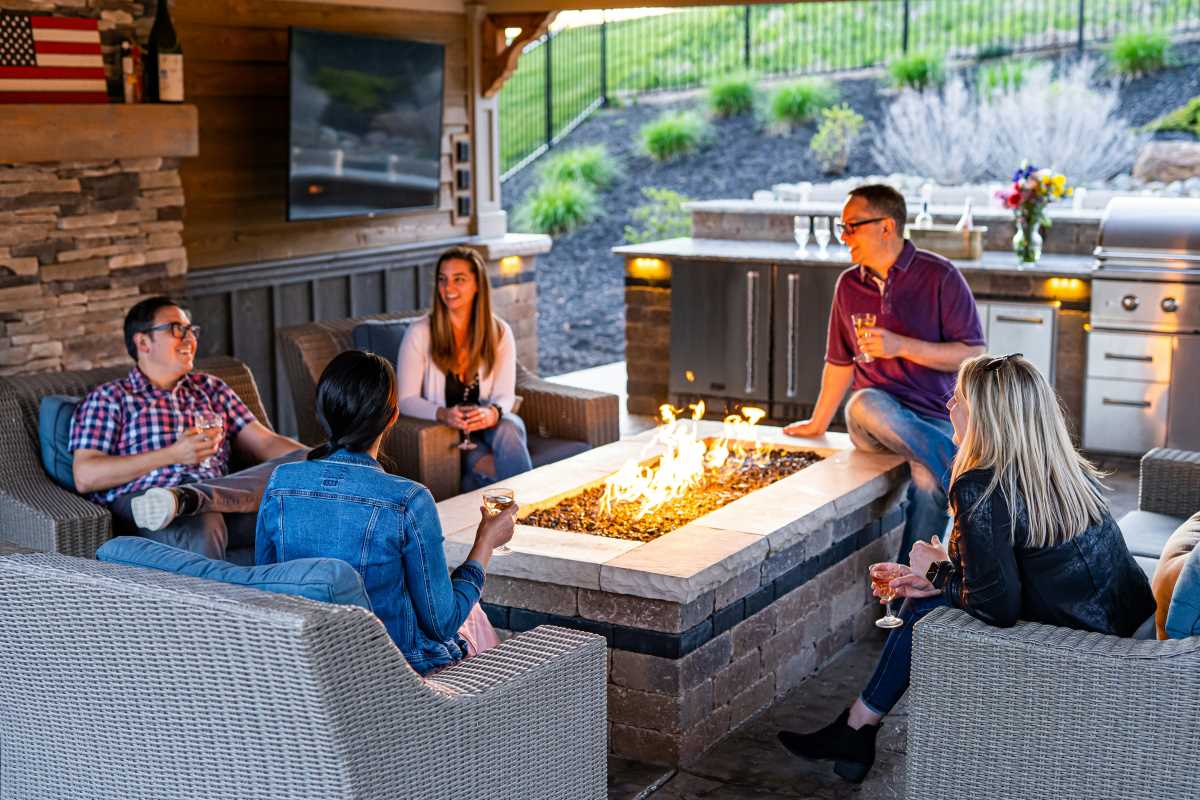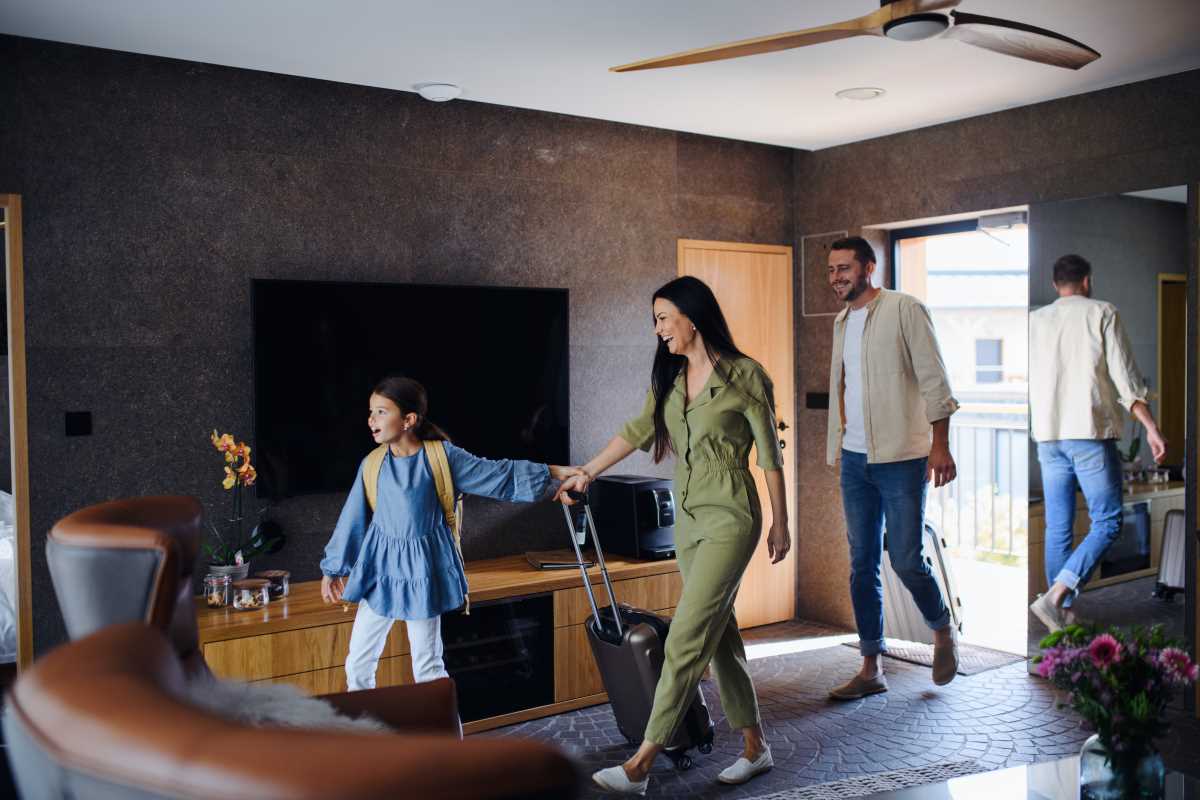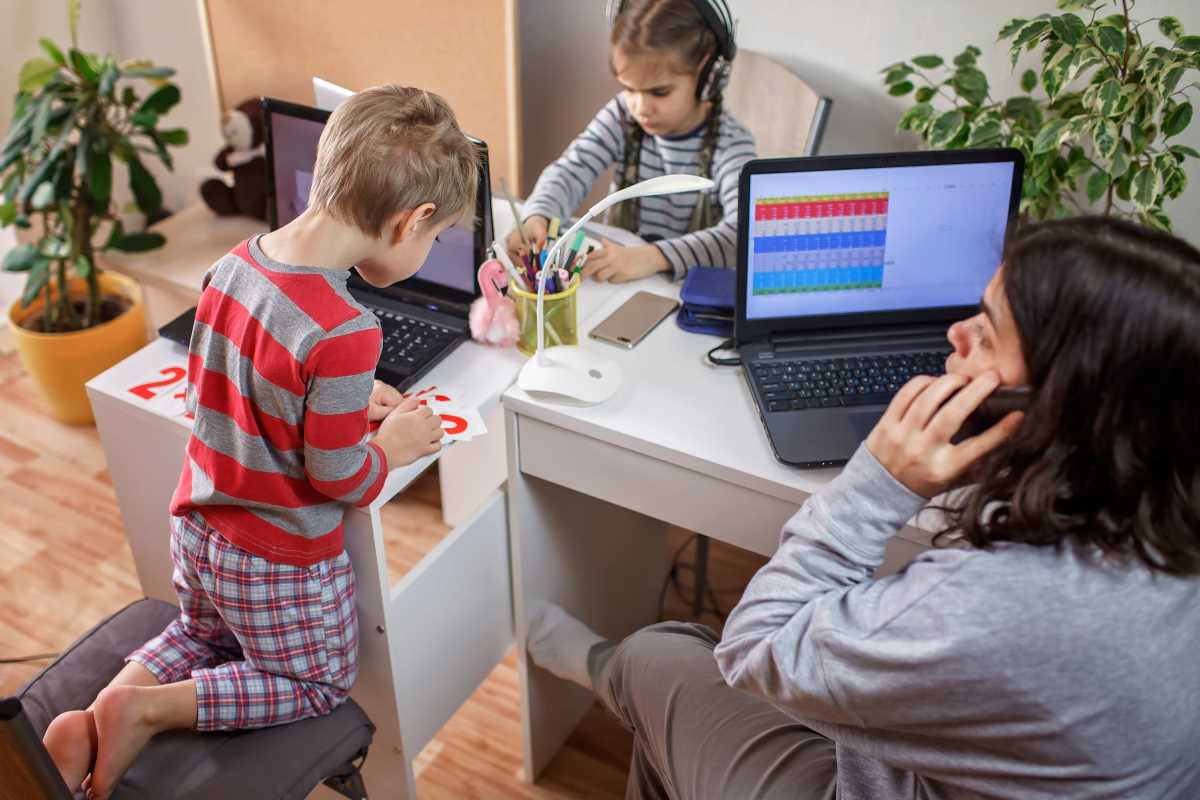Finding a moment of peace in a bustling family household can feel like searching for a hidden oasis amid the chaos of daily life. With children playing, parents juggling responsibilities, and everyone moving on different schedules, noise and activity often dominate the home. In such an environment, having a designated area for calm and quiet becomes not just a luxury but a necessity. A personal retreat offers a space to relax, recharge, and disconnect from the constant movement around you. It's a place where one can find stillness, reflect, and simply breathe. Whether you're a busy parent seeking solitude or a child looking for a cozy corner to read, this dedicated space can provide emotional and mental relief. More than just an escape, it contributes to the household's overall balance, offering every family member the chance to reset. Creating such a sanctuary can bring lasting benefits to both individual well-being and family harmony.
Understanding the Need for a Retreat
- Offers a quiet space for relaxation and unwinding.
- Reduces stress and promotes mental well-being for all family members.
- Encourages personal time, allowing each member to pursue hobbies or read.
- Enhances the overall aesthetic and comfort of the home.
- Strengthens family bonds by offering a peaceful area for shared activities.
Choosing the Right Space
- Identify less frequented areas in your home, such as a spare bedroom or a corner of the living room.
- Consider the natural light and ventilation available in the space to ensure a fresh and airy atmosphere.
- Assess the size of the area to accommodate essential furniture without making it feel cramped.
- Ensure the space is easily accessible yet quiet enough to minimize disruptions.
- Think about the proximity to other busy areas, opting for locations that maintain a sense of separation.
Design Elements for Peace and Tranquility
Creating a peaceful retreat hinges on thoughtful design choices. Start with a calming color palette; soft blues, greens, and neutrals can evoke a sense of serenity. Incorporate comfortable furniture that invites relaxation, such as plush chairs or a cozy loveseat. Position furniture to facilitate easy movement and create an open, welcoming layout. Minimalistic decor helps maintain a clutter-free environment, allowing the mind to relax without unnecessary distractions. Adding natural elements like plants or a small indoor fountain can further enhance the tranquil vibe, bringing a touch of nature indoors.
Lighting plays a crucial role in establishing a soothing atmosphere. Opt for soft, adjustable lighting options like floor lamps or table lamps with warm tones. Incorporating layered lighting allows you to control the mood and adapt the space for different times of the day. Textiles also contribute to the overall ambiance; consider soft rugs, cushions, and throws to add texture and warmth. Personal touches, such as artwork or meaningful ornaments, make the space feel inviting and reflective of your family's unique personality.
Integrating Functionality with Relaxation
Balancing the practical needs of a family household with the desire for a relaxing space involves careful planning. Incorporate storage solutions that keep the retreat organized and free from clutter, ensuring it remains a calming environment. Multi-functional furniture, such as ottomans with storage compartments or foldable tables, can enhance the space's utility without compromising its tranquility. Consider integrating technology thoughtfully; for example, a white noise machine or a small sound system can enhance relaxation without dominating the space.
It's important to designate specific areas within the retreat for different activities, allowing family members to engage in their preferred forms of relaxation. A reading nook with comfortable seating and good lighting provides a perfect spot for those who enjoy curling up with a book. Alternatively, a meditation corner with cushions and calming decor can serve as a space for mindfulness practices. By accommodating various relaxation styles, the retreat becomes a versatile haven that supports the diverse needs of the family.
Incorporating Family Preferences
Including family members in the design process ensures that the retreat reflects everyone's tastes and needs. Hold a family meeting to discuss what each person envisions for the space, encouraging everyone to share their ideas and preferences. Create a vision board together, selecting colors, furniture styles, and decor that resonate with each individual. Allowing children to choose elements like cushions or artwork can make them feel invested in the space, increasing their likelihood of using it regularly.
Consider setting up rotating themes or designated zones within the retreat to cater to different interests. For example, one area could be dedicated to art and creativity, while another focuses on relaxation and reading. By acknowledging and incorporating each family member's preferences, the retreat becomes a personalized oasis that everyone can enjoy and cherish.
Creating a Lasting Impact
Sustaining the peacefulness of your retreat requires ongoing attention and care. Regularly reassess the space to ensure it continues to meet the family's evolving needs and remains a sanctuary from the daily hustle. Introduce seasonal decorations or change the color scheme periodically to keep the space fresh and inspiring. Sharing and updating Design Ideas can provide new inspiration and help maintain the retreat's relevance and appeal over time.
Involve the entire family in upkeep tasks, creating a collective responsibility for maintaining the retreat's serenity. Simple practices like tidying up regularly, replacing worn-out items, or updating decor can preserve the space's inviting atmosphere. Encouraging open communication about how the retreat is functioning allows everyone to contribute to its improvement, ensuring it remains a beloved and integral part of the home.
A peaceful retreat at home nurtures both individual well-being and family harmony. With thoughtful planning, it can become a lasting sanctuary for everyone to enjoy.
 (Image via
(Image via





